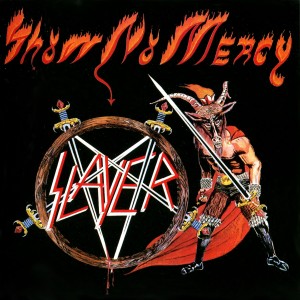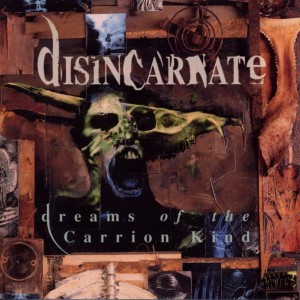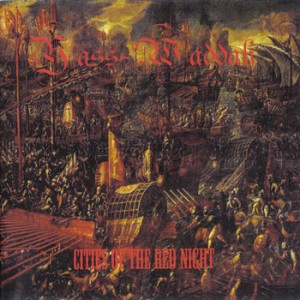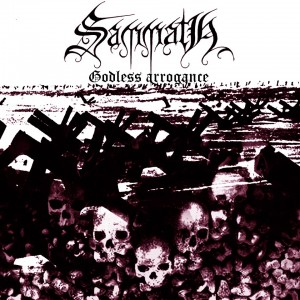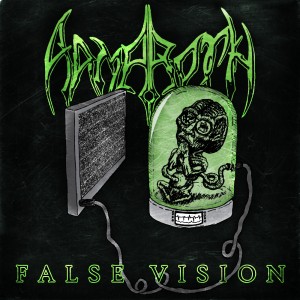 After years of society looking down its nose at heavy metal, it appears to be showing up in unusual places: high intelligence occupations, health and academia.
After years of society looking down its nose at heavy metal, it appears to be showing up in unusual places: high intelligence occupations, health and academia.
Even though metalheads are still a discriminated-against group, with long hair for men, tattoos, loud music, mentions of Satan and chaos magick banned in many workplaces and government offices, the forces of metal are rising worldwide.
Wired reports on an intelligence-research prodigy in China who, after mastering difficult subjects in a fraction of the time it would require even another gifted person, takes the day off to see a “Satanic heavy metal concert.” Then returns to studying intelligence itself.
Over on the Wall Street Journal, Jon Wiederhorn reminds us that “Metal Music Can Be Good For You,” mentioning among other things that metal can “keep fans that have been scarred by trauma feeling alive and surrounded by family” and that “heavy metal has never faded into obscurity.”
All of this follows an article from a few years ago, “Gifted Students Beat The Blues With Heavy Metal”, which revealed how many who society would consider its best and brightest are turning to metal.
At DeathMetal.org, we don’t find this surprising. Metal is more brainy at the compositional level, meaning how the riffs fit together to develop themes, than rock music or even jazz, which tend to be cyclic. It tackles the big subjects that people would rather forget about, and thus attracts the smarter alienated teens who find the lack of order in life to be appalling.
But best of it, it delivers a punch to life. Like spice in food, combat, sky-diving or a new idea, metal brings out the terrifying and empowering all at once, making us view life with new eyes. That could be the healthiest of all.
8 CommentsTags: academia, health, Heavy Metal, intelligence


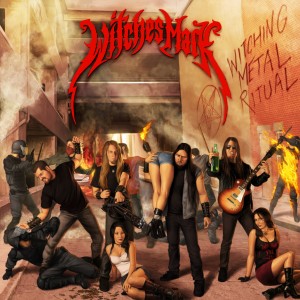
 If this world fears anything, it is strength. Most music artists portray themselves as thin, frail and sensitive. Our leaders like to cry in public. Some however recognize that health does not come from preservation, but pushing ourselves to the limits, in both mind and body.
If this world fears anything, it is strength. Most music artists portray themselves as thin, frail and sensitive. Our leaders like to cry in public. Some however recognize that health does not come from preservation, but pushing ourselves to the limits, in both mind and body. 